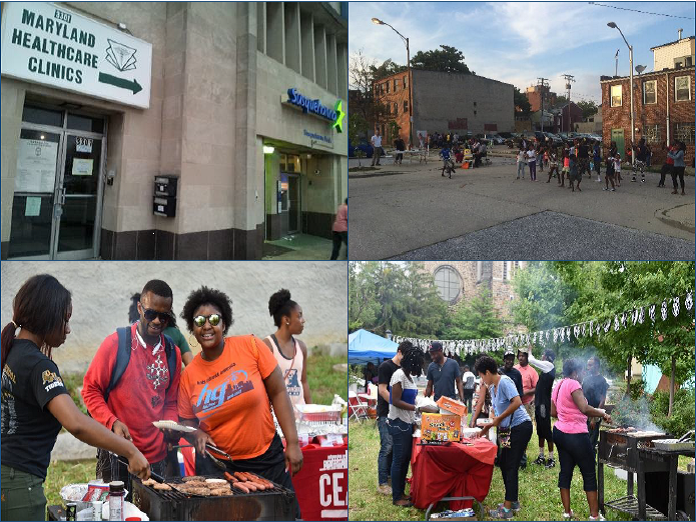School of Community Health and Policy
Smoking Cessation Program
Phase I (2008)
CEASE began as a traditional smoking cessation program offered through local health clinics. In Phase I of the research, 404 clients were randomly assigned to receive either individual counseling from a medical doctor or group counseling from a nurse or social worker. In both cases, the intervention program was based on an expanded version of the American Cancer Society's Fresh Start smoking cessation curriculum. At the clinic, in addition to counseling, participants received over the counter or prescription medications as necessary and earned monetary incentives for reaching specific goals. At the end of the program, 9.4% quit smoking, and 13.8% were retained in the program, meaning they attended six or more of the twelve sessions offered. Feedback from Phase I clients helped shape program improvements for Phase II of the research project.
Phase II (2011)
CEASE researchers discovered that many clients felt stigmatized by the clinic setting. Smokers objected to the implication that they were sick and were uncomfortable with exposure to patients who were ill. They also felt that some health care providers lacked sufficient cultural competency to relate to their situations. In response, Phase II changed the delivery intervention to community settings instead of clinics and used trained peer motivators instead of medical personnel. Peer motivators were former smokers from the community who had been smoke-free for at least a year. They were trained and certified on the CEASE curriculum and methods of group facilitation. During their tenure, they recruited participants, then educated, motivated, and supported their group members towards smoking cessation. CEASE added two-week motivation enhancement and six- week relapse prevention modules to the Fresh Start curriculum. At the end of Phase 2, of the 398 clients, 21.1% had quit smoking, and 51.9% were retained in the program.
Phase III (2013)
CEASE intervention expanded further for Phase III of the project and included a diverse group of participants from faith-based organizations, drug recovery centers, mental health facilities, homeless shelters, and more. CEASE created a unique curriculum and added a resource toolbox that allowed peer motivators to tailor class content to meet individual needs. Program options were increased to offer motivation enhancement, smoking cessation, and relapse prevention modules. Importantly, the relapse prevention module addressed tobacco use through supporting changes in lifestyle and not just physical health. Participants could choose from a variety of self-improvement tracks such as healthy eating, relationship and life skills, financial management, and physical activities. At the end of Phase III, out of 163 clients, 30.1% quit and 67.9% were retained in the program. Supported by a separate grant from the Baltimore City Health Department, a sub group of 146 clients from mental health institutions were enrolled into Phase III. They were offered all the components of Phase III and at the end of the intervention, 8.2% of them quit smoking.
Phase IV (2015)
Phase IV of the CEASE intervention was developed to determine how much more could be achieved using peer-led interventions. Recruitment was accomplished in the community by peer motivators through an initial survey designed to ascertain the types of specific support that smokers needed to quit tobacco use. Carbon monoxide (CO) breath testing was used as a motivational tool as well as verification of abstinence from smoking after the intervention. Participants who agreed to CO testing were more motivated to enroll when they understood the health implications of their own CO rating. Counseling sessions were conducted in community sites and were facilitated by experienced peer motivators who had worked in previous CEASE interventions.


